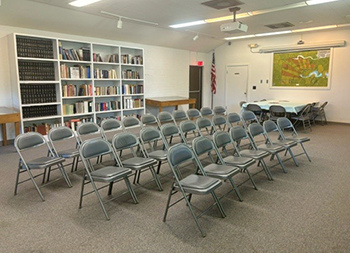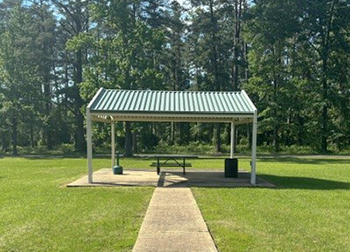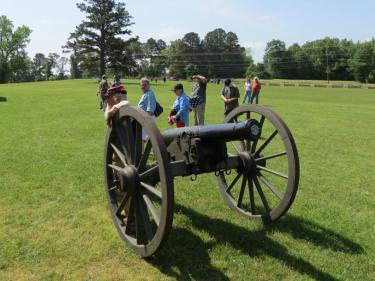
Mansfield State Historic Site
15149 Highway 175
Mansfield, LA 71052
United States
Wednesday through Sunday
- open from 9 a.m. to 5 p.m.
- closed Thanksgiving, Christmas & New Year's Day
General Admission
- $6 per Person (ages 7 to 61)
- $4 for Seniors (62 & older)
- Free for Children (6 & under)
With the fall of Vicksburg and Port Hudson in July 1863, the Mississippi River was entirely controlled by the Union. President Lincoln and his staff decided that the capture of Texas and the Trans-Mississippi headquarters at Shreveport, Louisiana, would be the next objective. The Union surmised that a successful Red River campaign would accomplish several important goals, from the confiscation of cotton to preventing French-Mexican forces from providing supplies and support to the Confederate troops.
Like many important battles, the Mansfield-Pleasant Hill engagement was actually a series of encounters taking place over several days. After a two-hour cavalry fight with Union forces near Wilson's Farm on April 7, 1864, Confederate commander General Richard Taylor (son of President Zachary Taylor) elected to defend a site about four miles south of Mansfield, now the location of the state historic site. General N.P. Banks did not expect the Confederates to fight until he reached Shreveport, so the Union army became stretched out along the narrow road leading to Mansfield. This allowed Taylor to deal with his opponents on more equal terms since the Confederate troops were heavily outnumbered.
At noon on April 8, the head of the disorganized Union army (6,400 troops) was confronted by the Confederate army (10,500 troops) in battle formation. The Union troops quickly formed a line of battle along a rail fence and a ridge known as Honeycutt Hill. On orders from Taylor, General Alfred Mouton's Division charged the rail fence. Mouton was killed leading the attack, but French born General C. J. Polignac, along with other Confederate forces, continued the attack and overwhelmed the Union line.
Two miles to the south, another 6,500 Union troops formed a defensive position at Chapman's Bayou and held this location until dark. During the night the defeated Union forces fell back to Pleasant Hill. On April 9, the fierce Battle of Pleasant Hill was fought, with both sides taking heavy losses and withdrawing from the field after dark. By turning back Union forces at this time, the Confederates were able to prevent complete Union control of Louisiana and stop progression of the war into Texas. In fact, the Confederate victory at Mansfield may have prolonged the war by several months.
In 1973, this State Historic Site was placed on the National Register of Historic Places, an honorary designation for significant historical sites. Through living history events, exhibits, battle reenactments and interpretive programs, Mansfield State Historic Site allows visitors to travel back to the unrest of the Civil War years. Watch for musket demonstrations, candlelight tours of the battlefield and other exciting events scheduled throughout the year.
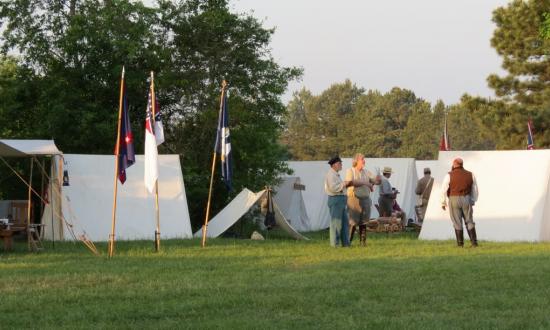
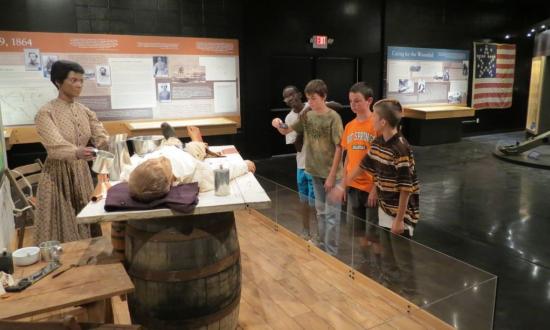

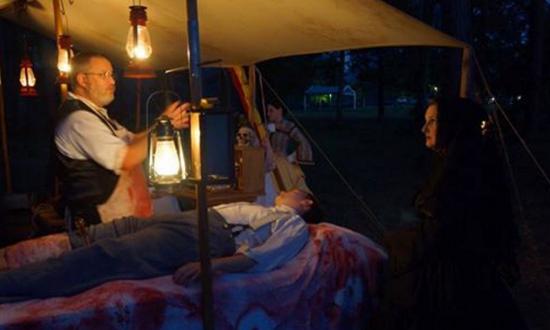
Features
Hiking
Trails at Mansfield State Historic Site
- 3/4-mile Battlefield Trail
